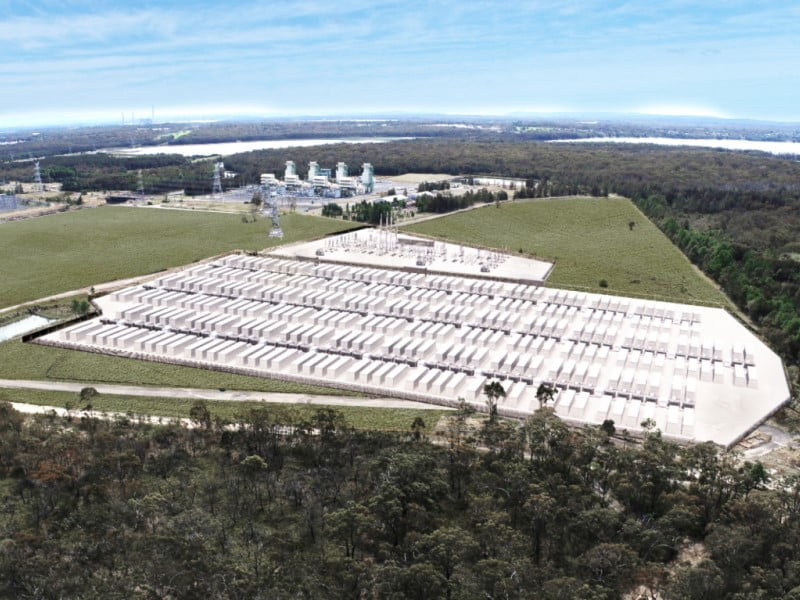New investment in large-scale battery storage in Australia has hit a record annual high despite a huge slump in commitments to large-scale wind and solar farm projects, according to the Clean Energy Council.
The industry representative group collected and published the data in its latest annual overview of the clean energy development pipeline.
In 2023, $4.9 billion in new financial commitments were made to large-scale battery storage projects compared to $1.9 billion in 2022, representing an increase of 257 per cent.

The report highlights that the national energy market will need to install an additional 59-69GWh of large-scale battery storage by 2030, according to modelling in a CSIRO report released March 2023.
Construction of new large-scale battery storage projects also ramped up in 2023, with 27 developments underway at the end of 2023 compared with 19 at the end of 2022. This also represented an increase in total energy storage capacity under development from 2GWh to 11GWh as well as 1.4GW to 5GW worth of power.
The Waratah Super Battery being delivered by New South Wales’s state-owned EnergyCo and built by Akaysha Energy is currently the country’s largest battery project under development at a capacity of 850MW/1.68GWh.
Clean Energy Council chief executive Kane Thornton said in a statement that the industry group is “more determined than ever to continue to build and maintain the strong investment in our clean energy future”.
“Several announcements and policy initiatives led by the Commonwealth throughout the year have already sent a strong signal about the importance of a timely energy transition to the national interest, addressing several major challenges including cost of living, emissions reduction and energy security,” Mr Thornton said.
Despite accelerating movement on battery projects, the total level of new investment for large-scale generation projects like wind and solar was around 77 per cent lower in 2023 than 2022, falling from $6.5 billion to $1.5 billion.
The hydrogen industry also remained nascent, although several projects reached final investment decision in 2023.
Significant government support was announced through the $2 billion Hydrogen Headstart program. Projects representing 3.5GW worth of electrolyser capacity were shortlisted to receive support through Hydrogen Headstart in December 2023, with successful recipients to be announced in late 2024.
Additional hydrogen industry support is expected to be announced this year as Climate Change and Energy minister Chris Bowen has described the Hydrogen Headstart program as “an early downpayment”.
Do you know more? Contact James Riley via Email.

